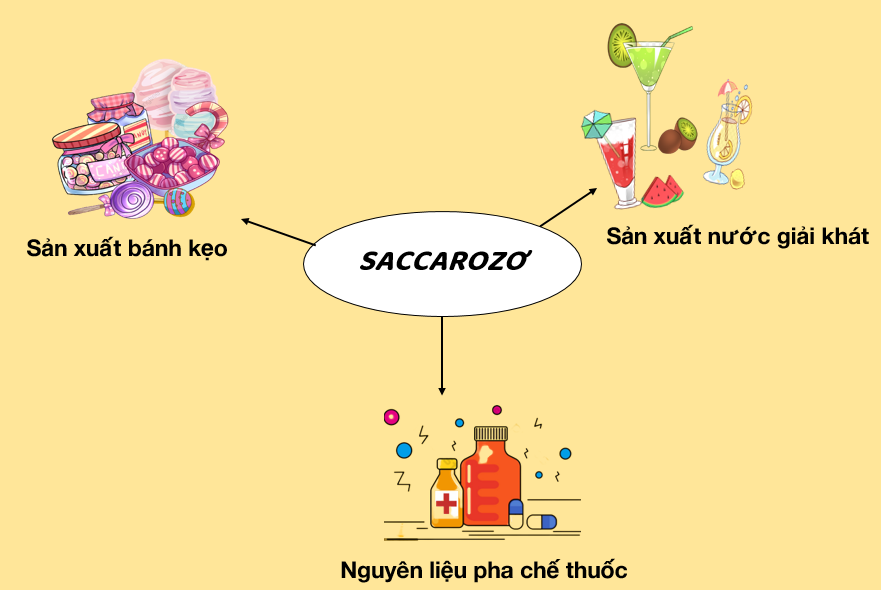Or you want a quick look: Abstract
You are accessing a document from the Department of Energy's (DOE) DOE PAGES. This site is a product of DOE's Office of Scientific and Technical Information (OSTI) and is provided as a public service.
Visit OSTI to utilize additional information resources in energy science and technology.
[external_link_head]Abstract
Sequential NanoFermentation (SNF) is a novel process which entails sparging microbially produced gas containing H2S from a primary reactor through a concentrated metal-acetate solution contained in a secondary reactor, thereby precipitating metallic sulfide nanoparticles (e.g., ZnS, CuS, or SnS). SNF holds an advantage over single reactor nanoparticle synthesis strategies, because it avoids exposing the microorganisms to high concentrations of toxic metal and sulfide ions. Also, by segregating the nanoparticle products from biological materials, SNF avoids coating nanoparticles with bioproducts that alter their desired properties. Herein, we report the properties of ZnS nanoparticles formed from SNF as compared with ones produced directly in a primary reactor (i.e., conventional NanoFermentation, or “CNF”), commercially available ZnS, and ZnS chemically synthesized by bubbling H2S gas through a Zn-acetate solution. The ZnS nanoparticles produced by SNF provided improved optical properties due to their smaller crystallite size, smaller overall particle sizes, reduced biotic surface coatings, and reduced structural defects. Furthermore, SNF still maintained the advantages of NanoFermentation technology over chemical synthesis including scalability, reproducibility, and lower hazardous waste burden.
[external_link offset=1]- Authors:
- Moon, Ji -Won [1]; Eskelsen, Jeremy R. [2]; Ivanov, Ilia N. [2]; Jacobs, Christopher B. [2]; Jang, Gyoung Gug [2]; Kidder, Michelle K. [2]; Joshi, Pooran C. [2]; Armstrong, Beth L. [2]; Pierce, Eric M. [2]; Oremland, Ronald S. [3]; Phelps, Tommy Joe [2]; Graham, David E. [2]
- Oak Ridge National Lab. (ORNL), Oak Ridge, TN (United States); United States Geological Survey, Reston, VA (United States)
- Oak Ridge National Lab. (ORNL), Oak Ridge, TN (United States)
- United States Geological Survey, Menlo Park, CA (United States)
- Publication Date:
- Research Org.:
- Oak Ridge National Lab. (ORNL), Oak Ridge, TN (United States)
- Sponsoring Org.:
- USDOE Office of Energy Efficiency and Renewable Energy (EERE); USDOE Office of Science (SC), Biological and Environmental Research (BER); USDOE Office of Science (SC), Basic Energy Sciences (BES)
- OSTI Identifier:
- 1464011
- Grant/Contract Number:
- AC05-00OR22725
- Resource Type:
- Accepted Manuscript
- Journal Name:
- Applied Microbiology and Biotechnology
- Additional Journal Information:
- Journal Volume: 102; Journal Issue: 19; Journal ID: ISSN updating
- Publisher:
- Springer
- Country of Publication:
- United States
- Language:
- English
- Subject:
- 59 BASIC BIOLOGICAL SCIENCES; Sparging H2S-bearing gas; Metal sulfide formation; Average crystallite size; Particle size; Optical propert
Citation Formats
Moon, Ji -Won, Eskelsen, Jeremy R., Ivanov, Ilia N., Jacobs, Christopher B., Jang, Gyoung Gug, Kidder, Michelle K., Joshi, Pooran C., Armstrong, Beth L., Pierce, Eric M., Oremland, Ronald S., Phelps, Tommy Joe, and Graham, David E.. Improved ZnS nanoparticle properties through sequential NanoFermentation. United States: N. p., 2018. Web. https://doi.org/10.1007/supdating.
Moon, Ji -Won, Eskelsen, Jeremy R., Ivanov, Ilia N., Jacobs, Christopher B., Jang, Gyoung Gug, Kidder, Michelle K., Joshi, Pooran C., Armstrong, Beth L., Pierce, Eric M., Oremland, Ronald S., Phelps, Tommy Joe, & Graham, David E.. Improved ZnS nanoparticle properties through sequential NanoFermentation. United States. https://doi.org/10.1007/supdating
Moon, Ji -Won, Eskelsen, Jeremy R., Ivanov, Ilia N., Jacobs, Christopher B., Jang, Gyoung Gug, Kidder, Michelle K., Joshi, Pooran C., Armstrong, Beth L., Pierce, Eric M., Oremland, Ronald S., Phelps, Tommy Joe, and Graham, David E.. Sat . "Improved ZnS nanoparticle properties through sequential NanoFermentation". United States. https://doi.org/10.1007/supdating. https://www.osti.gov/servlets/purl/1464011.
@article{osti_1464011,
title = {Improved ZnS nanoparticle properties through sequential NanoFermentation},
author = {Moon, Ji -Won and Eskelsen, Jeremy R. and Ivanov, Ilia N. and Jacobs, Christopher B. and Jang, Gyoung Gug and Kidder, Michelle K. and Joshi, Pooran C. and Armstrong, Beth L. and Pierce, Eric M. and Oremland, Ronald S. and Phelps, Tommy Joe and Graham, David E.},
abstractNote = {Sequential NanoFermentation (SNF) is a novel process which entails sparging microbially produced gas containing H2S from a primary reactor through a concentrated metal-acetate solution contained in a secondary reactor, thereby precipitating metallic sulfide nanoparticles (e.g., ZnS, CuS, or SnS). SNF holds an advantage over single reactor nanoparticle synthesis strategies, because it avoids exposing the microorganisms to high concentrations of toxic metal and sulfide ions. Also, by segregating the nanoparticle products from biological materials, SNF avoids coating nanoparticles with bioproducts that alter their desired properties. Herein, we report the properties of ZnS nanoparticles formed from SNF as compared with ones produced directly in a primary reactor (i.e., conventional NanoFermentation, or “CNF”), commercially available ZnS, and ZnS chemically synthesized by bubbling H2S gas through a Zn-acetate solution. The ZnS nanoparticles produced by SNF provided improved optical properties due to their smaller crystallite size, smaller overall particle sizes, reduced biotic surface coatings, and reduced structural defects. Furthermore, SNF still maintained the advantages of NanoFermentation technology over chemical synthesis including scalability, reproducibility, and lower hazardous waste burden.},
doi = {10.1007/supdating},
journal = {Applied Microbiology and Biotechnology},
number = 19,
volume = 102,
place = {United States},
year = {Sat Aug 04 00:00:00 EDT 2018},
month = {Sat Aug 04 00:00:00 EDT 2018}
}
Free Publicly Available Full Text
Publisher's Version of Record
Works referenced in this record:


